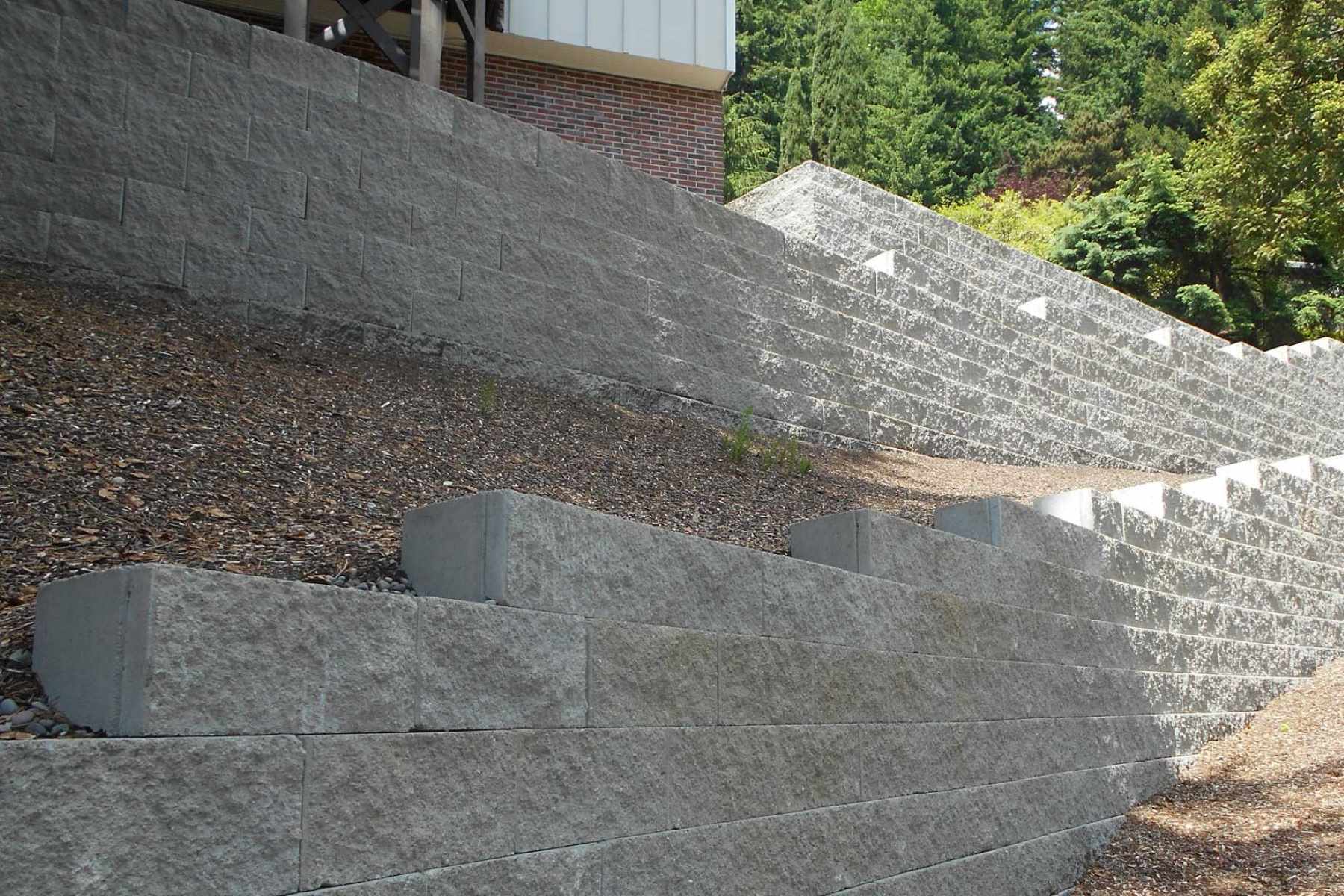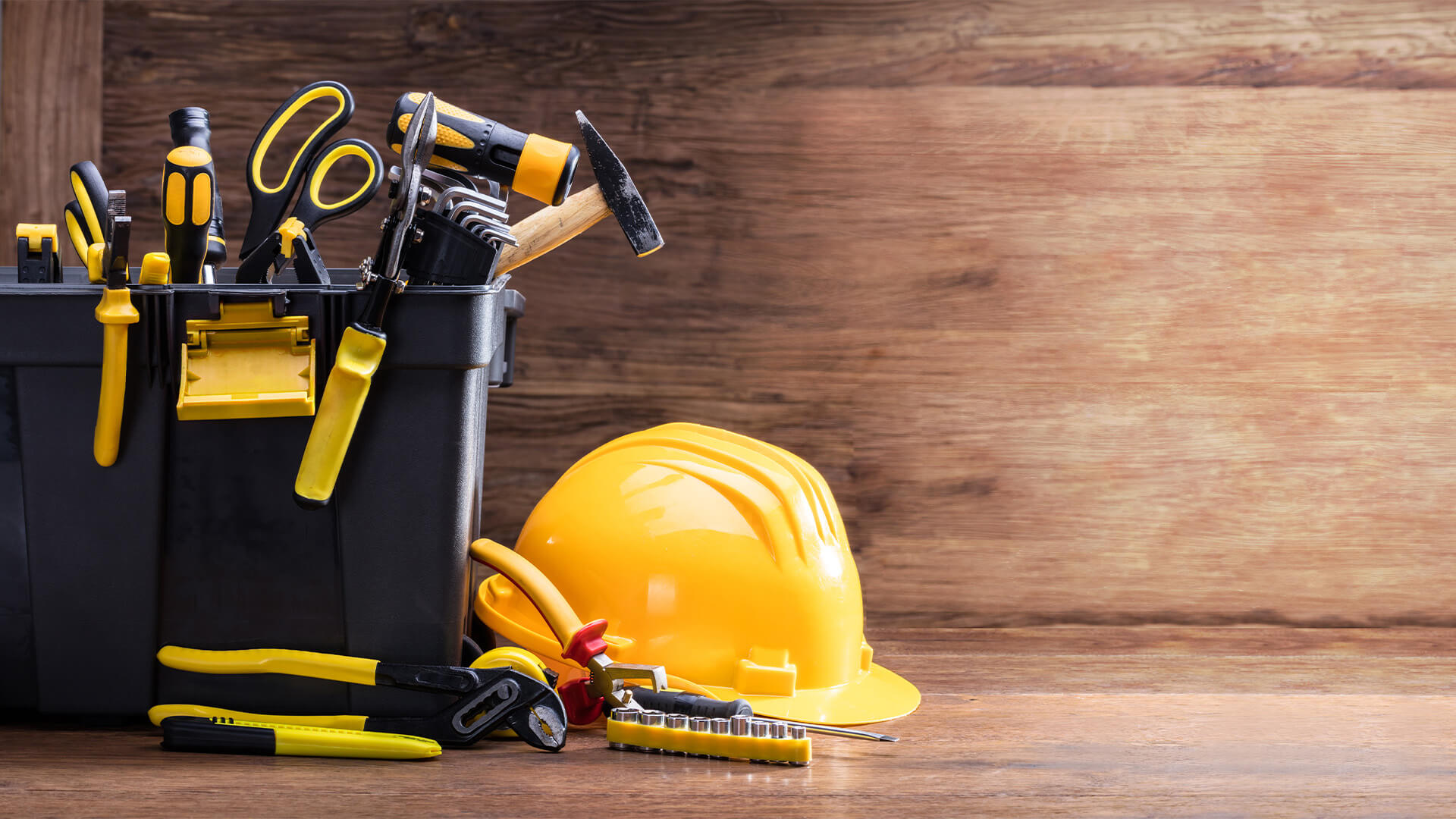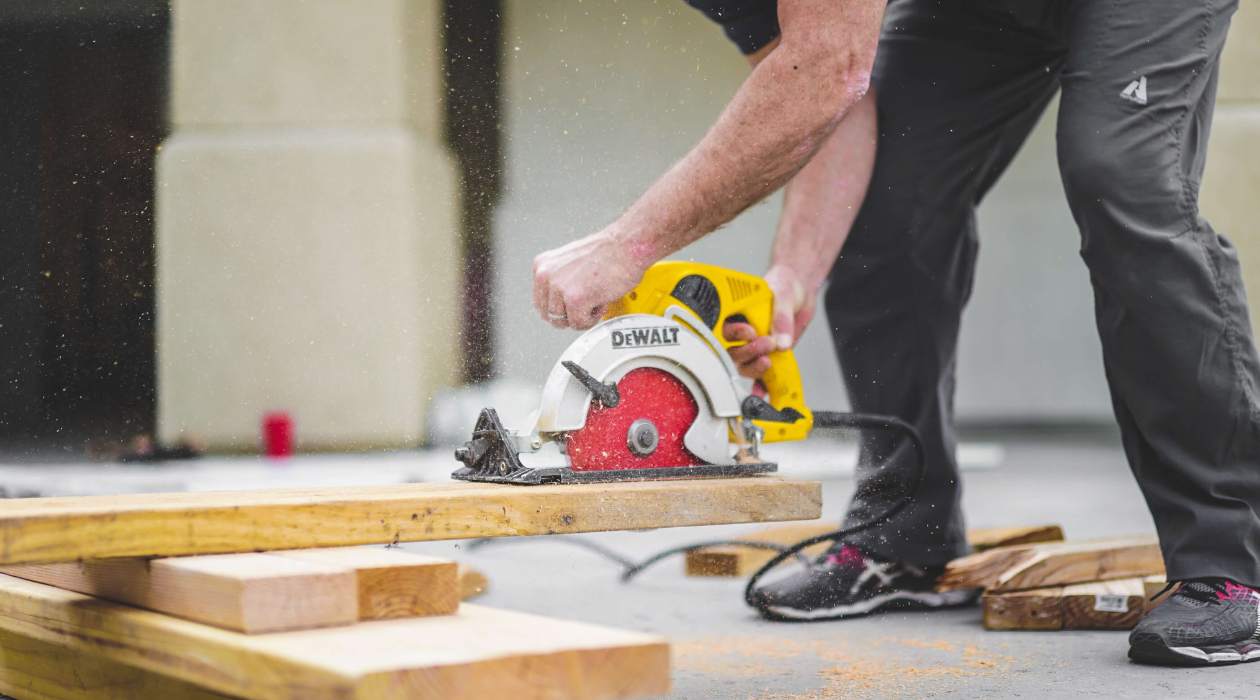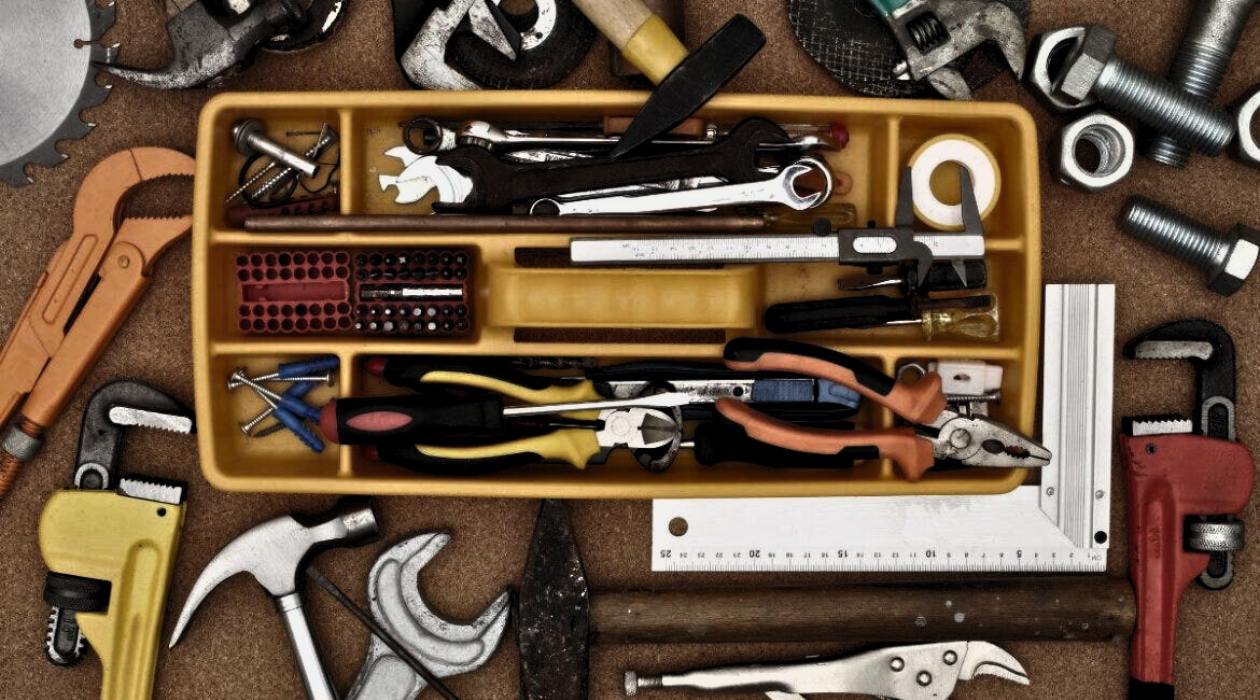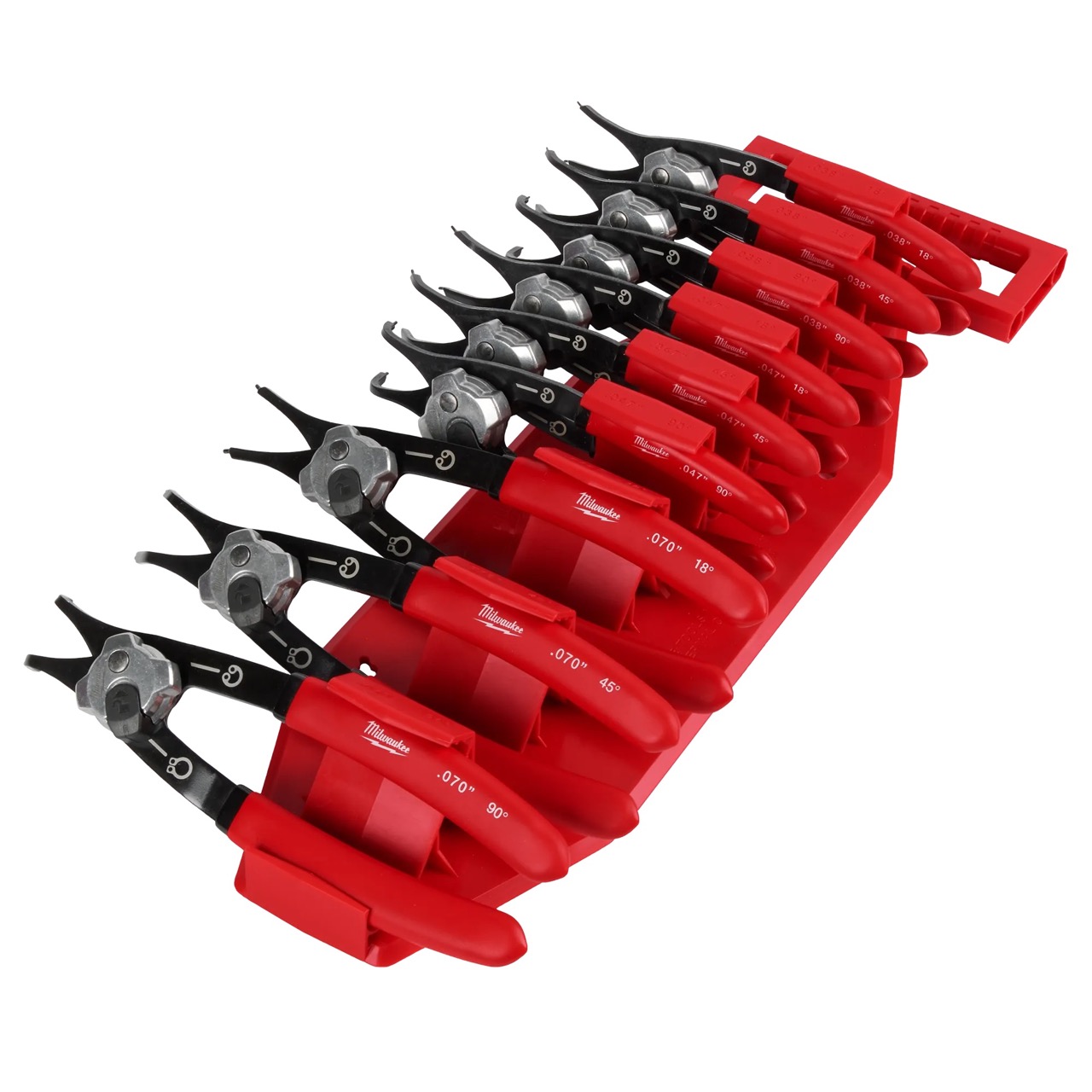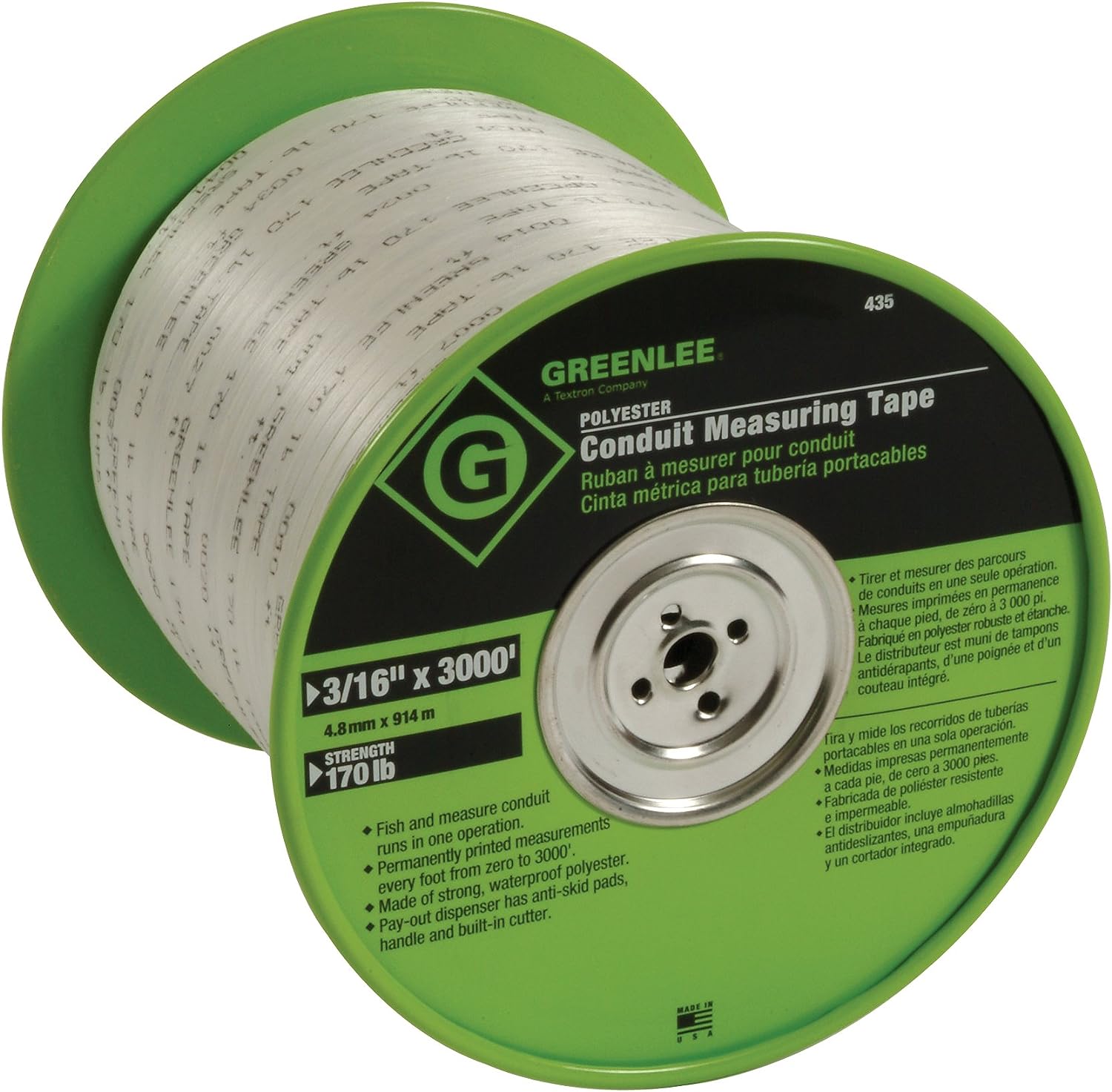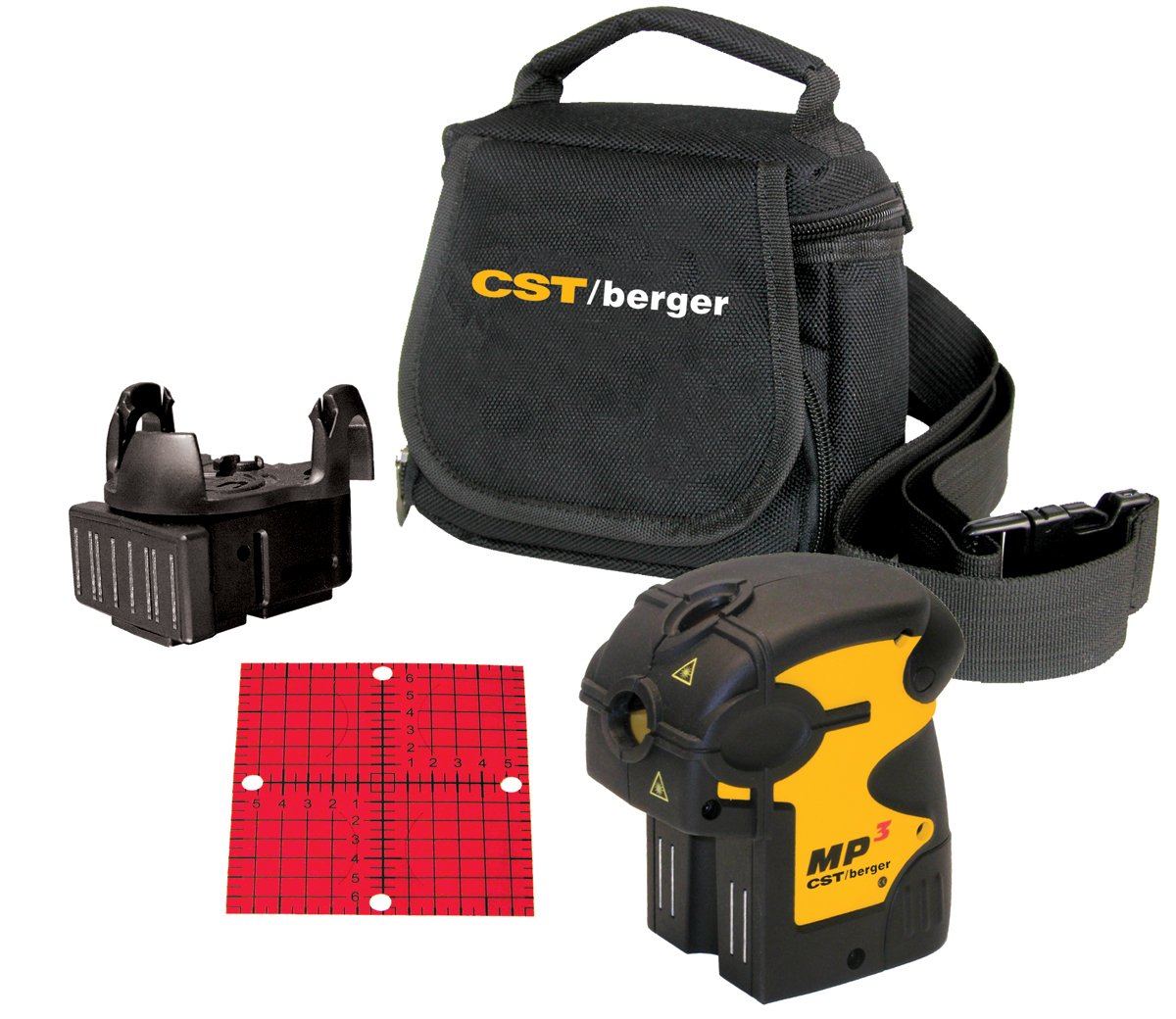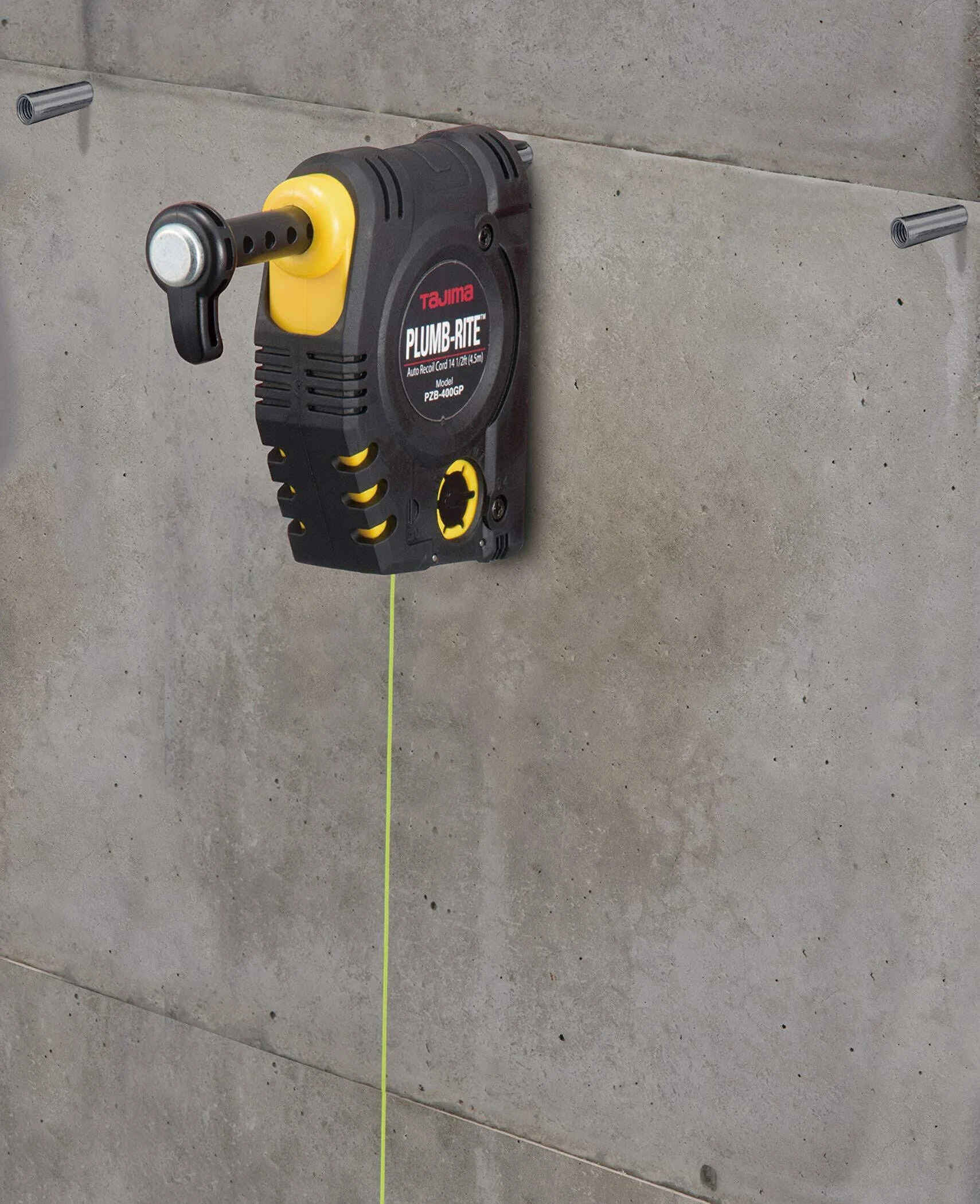Home> Construction Tools
Construction Tools Unveiled: The Ultimate DIY Arsenal!
Discover the ultimate arsenal of construction tools for your DIY projects! Find the best construction tools and equipment to tackle any task with ease.
DIY Guide: Building A Retaining Wall For Erosion Control
By: Emma Thompson • Ideas and Tips
